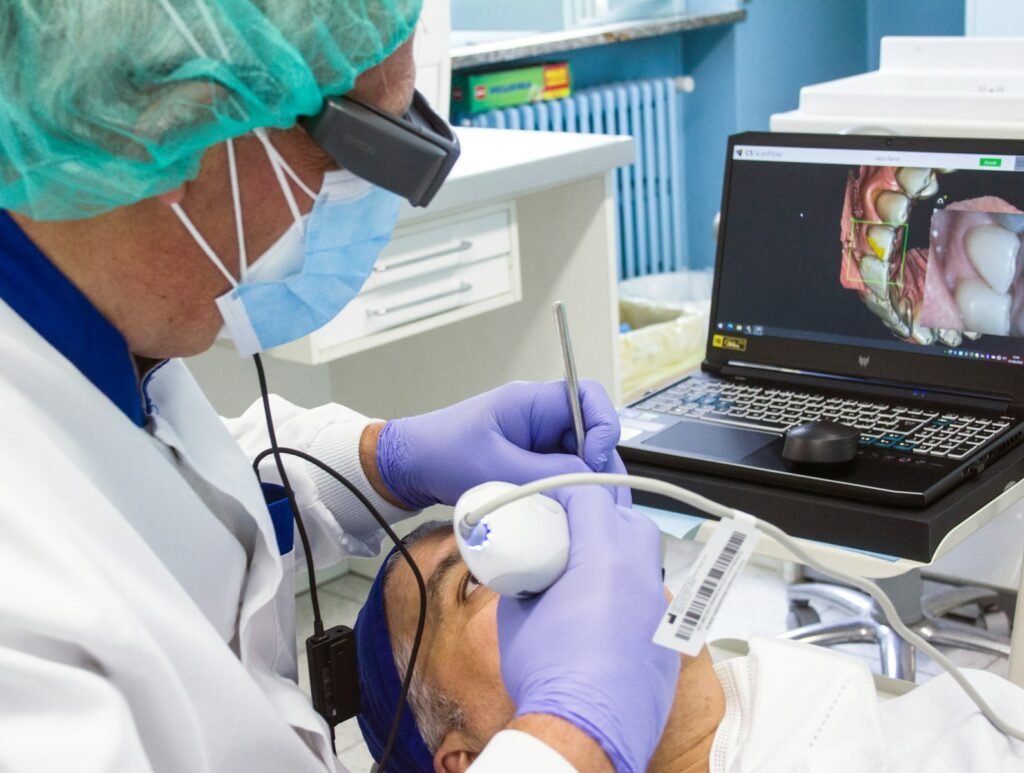Transforming Healthcare Through Real-Time Monitoring
In modern medicine, the ability to monitor patients in real-time has reshaped how hospitals deliver care. Smart medical devices—ranging from advanced monitors to connected wearables—are helping clinicians gather, analyze, and act on data faster than ever before. This shift from manual tracking to automated, connected monitoring enables hospitals to detect complications early, streamline workflows, and deliver safer, more personalized treatment.
Understanding Smart Medical Devices
From Manual Checks to Intelligent Systems
Traditional patient monitoring required nurses to log vital signs periodically, which meant changes could go unnoticed between readings. Today, connected devices automatically capture parameters such as heart rate, oxygen saturation, and temperature, transmitting them instantly to central dashboards. These real-time insights empower medical teams to act immediately when readings fall outside safe limits.
Interconnected Data for Better Decision-Making
By integrating multiple devices and software systems, clinicians can view a patient’s complete physiological profile on a single screen. This holistic approach eliminates data silos, improves collaboration between departments, and ensures that decisions are based on current, accurate information.

Improving Efficiency and Patient Outcomes
Reducing Human Error
Smart devices reduce the reliance on manual data entry, lowering the risk of transcription errors and incomplete records. Automation ensures consistent accuracy, while alerts and thresholds help clinicians focus on high-priority cases first.
Enhancing Staff Productivity
Automatic data capture allows nursing staff to spend more time on patient care rather than administrative tasks. Devices that sync directly with hospital information systems minimize double entry and support compliance reporting automatically.
Remote Monitoring and Home-Based Care
Beyond hospital walls, wearable and remote monitoring solutions now enable doctors to track patients recovering at home or managing chronic conditions. This approach promotes early detection of complications, reduces readmissions, and helps patients stay engaged in their recovery journey. With secure cloud-based systems, data is transmitted safely to care teams for continuous oversight.
Data Analytics and Predictive Insights
Large-scale patient monitoring data can be analyzed to identify trends and predict clinical deterioration before it happens. Predictive analytics tools built into monitoring systems assist doctors in making proactive decisions, improving patient safety and resource allocation.
Security and Integration Challenges
Integrating hundreds of connected devices introduces cybersecurity, privacy, and interoperability challenges. Hospitals must implement secure network segmentation, encryption, and access control to protect patient data. Successful integration depends on choosing systems that adhere to international security standards while maintaining reliable uptime.
Conclusion
Smart medical devices have become essential to modern healthcare. They improve data accuracy, empower faster decisions, and enhance patient safety through real-time visibility. As connected monitoring continues to evolve, healthcare facilities that embrace these technologies will deliver more efficient, informed, and compassionate care.